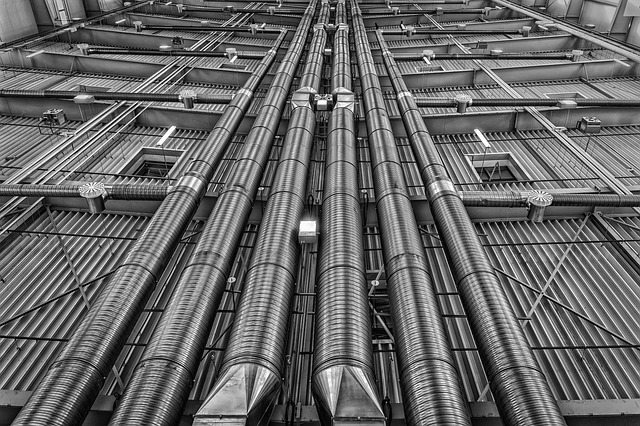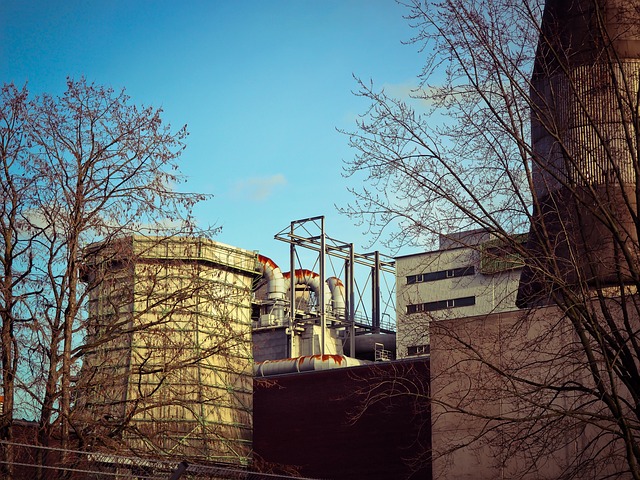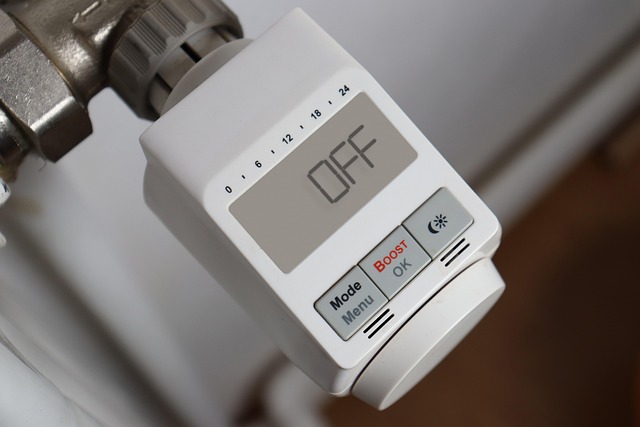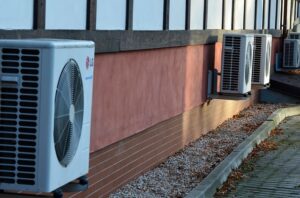Air curtains for industrial doors offer a modern solution to enhance door protection and climate control in warehouses, loading docks, and factories. By using motion sensors, these heavy-duty air curtains activate efficiently, reducing energy waste and operational costs. They prevent contaminants entry while optimizing workflow. Future trends include smart manufacturing integration and advanced sensor technologies for greater efficiency and sustainability in industrial settings.
In the ever-evolving landscape of industrial facilities, efficient door automation is key. An innovative solution gaining traction is the automated air curtain for industrial doors, designed to enhance energy efficiency and security. This advanced technology utilizes motion sensors to activate, providing a seamless experience while ensuring controlled environments.
This article explores the challenges of industrial doors, delves into the advantages of air curtain automation, explains motion sensor technology, offers design tips, and discusses future trends shaping this game-changing solution for maintaining optimal conditions in various industries.
- Understanding Industrial Door Challenges
- Benefits of Air Curtain Automation
- Motion Sensor Technology Explained
- Design and Installation Considerations
- Future Trends in Industrial Door Automation
Understanding Industrial Door Challenges

Industrial doors present unique challenges due to their size, weight, and frequent operation. These heavy-duty doors, often found in warehouses, manufacturing facilities, and cold storage units, require robust solutions for both safety and operational efficiency. Traditional methods of opening and closing these large openings can be time-consuming and energy-intensive, leading to increased operational costs. Additionally, they may pose risks to personnel and equipment, highlighting the need for advanced door protection systems.
An air curtain for industrial doors offers a modern solution, acting as both an effective barrier and a powerful tool for climate control. These innovative systems use motion sensors to activate heavy-duty air curtains, creating a seamless and energy-efficient flow of air at warehouse entrances, loading docks, and factory door systems. By implementing such technology, businesses can enhance their industrial door protection, ensuring a safer and more productive work environment while promoting energy efficiency with manufacturing air barriers or cold storage entrance solutions.
Benefits of Air Curtain Automation

The automation of air curtains for industrial doors brings a host of benefits to businesses, particularly in terms of industrial door protection and warehouse entrance barriers. By activating via motion sensors, these advanced systems offer a more efficient and effective solution compared to traditional manual or timer-based operations. This ensures that the manufacturing air barriers only activate when needed, minimizing energy wastage, which is especially crucial for energy-efficient barriers in cold storage entrances and large opening barriers.
Moreover, heavy duty air curtains provide significant advantages in loading dock protection, maintaining a controlled environment and preventing the entry of unwanted elements such as dust or pests. This not only enhances factory door systems but also contributes to improved industrial climate control, making them ideal for various industrial settings where warehouse entrance barriers are essential for operational efficiency and product quality.
Motion Sensor Technology Explained

Motion sensor technology plays a pivotal role in modern industrial automation, offering advanced solutions for door activation systems, particularly in the realm of air curtains for industrial doors. These sensors detect and track movement, enabling seamless control over various processes, including the strategic opening and closing of large openings like warehouse entrances, loading docks, and factory door systems.
The technology behind these sensors involves a combination of infrared, ultrasonic, or laser-based systems that accurately identify objects and their proximity. When integrated into heavy-duty air curtains designed for industrial applications, motion sensors ensure optimal door protection and climate control. By automatically activating the air curtain upon detection of movement, they provide a robust barrier against external elements, improving energy efficiency in cold storage entrances and manufacturing facilities. This smart approach to industrial door protection not only enhances operational safety but also contributes to significant cost savings over time by preventing unnecessary energy usage.
Design and Installation Considerations

When designing and installing an automated air curtain for industrial doors, several key considerations come into play. The primary goal is to ensure optimal industrial door protection while facilitating efficient workflow. This involves selecting a heavy-duty air curtain that can withstand harsh environmental conditions and frequent usage, aligning with the specific needs of the facility. For instance, in a cold storage entrance, energy-efficient barriers that prevent temperature loss are crucial, whereas in a warehouse entrance barriers, the focus might be on maximizing airflow for climate control while minimizing energy consumption.
During installation, careful planning is essential to ensure proper functionality and safety. Proper positioning of loading dock protection systems should consider factors like door size, traffic flow, and desired coverage area. Additionally, integrating these factory door systems with existing infrastructure requires professional expertise to prevent compatibility issues and ensure the system operates seamlessly. The setup should also account for potential sources of interference that could impact motion sensor accuracy, ultimately enhancing the overall effectiveness of the manufacturing air barriers.
Future Trends in Industrial Door Automation

The future of industrial door automation is poised for significant advancements, driven by the need for enhanced efficiency, safety, and environmental sustainability. As technology continues to evolve, we can expect to see more intelligent and connected air curtain systems for industrial doors, leveraging sophisticated motion sensors and advanced algorithms. These innovations will enable smoother operations, especially in high-traffic areas like warehouse entrances, loading docks, and cold storage facilities.
One notable trend is the integration of smart manufacturing principles, where air curtains become integral components of a larger, interlinked factory door system. This not only improves industrial climate control but also contributes to energy efficiency by minimizing the loss of conditioned air through large opening barriers during loading operations. The ultimate goal is to create seamless, automated processes that prioritize both productivity and environmental responsibility in manufacturing, warehousing, and other heavy-duty applications.
Automated air curtain technology for industrial doors offers significant advantages by addressing challenges related to energy efficiency, safety, and productivity. Motion sensor integration further streamlines operations, ensuring optimal performance with minimal energy consumption. As industry 4.0 progresses, advancements in motion sensor technology and smart door automation will continue to revolutionize industrial landscapes, making processes more efficient and safe. Investing in automated air curtains for industrial doors is a strategic move towards a future of enhanced productivity and sustainability.






